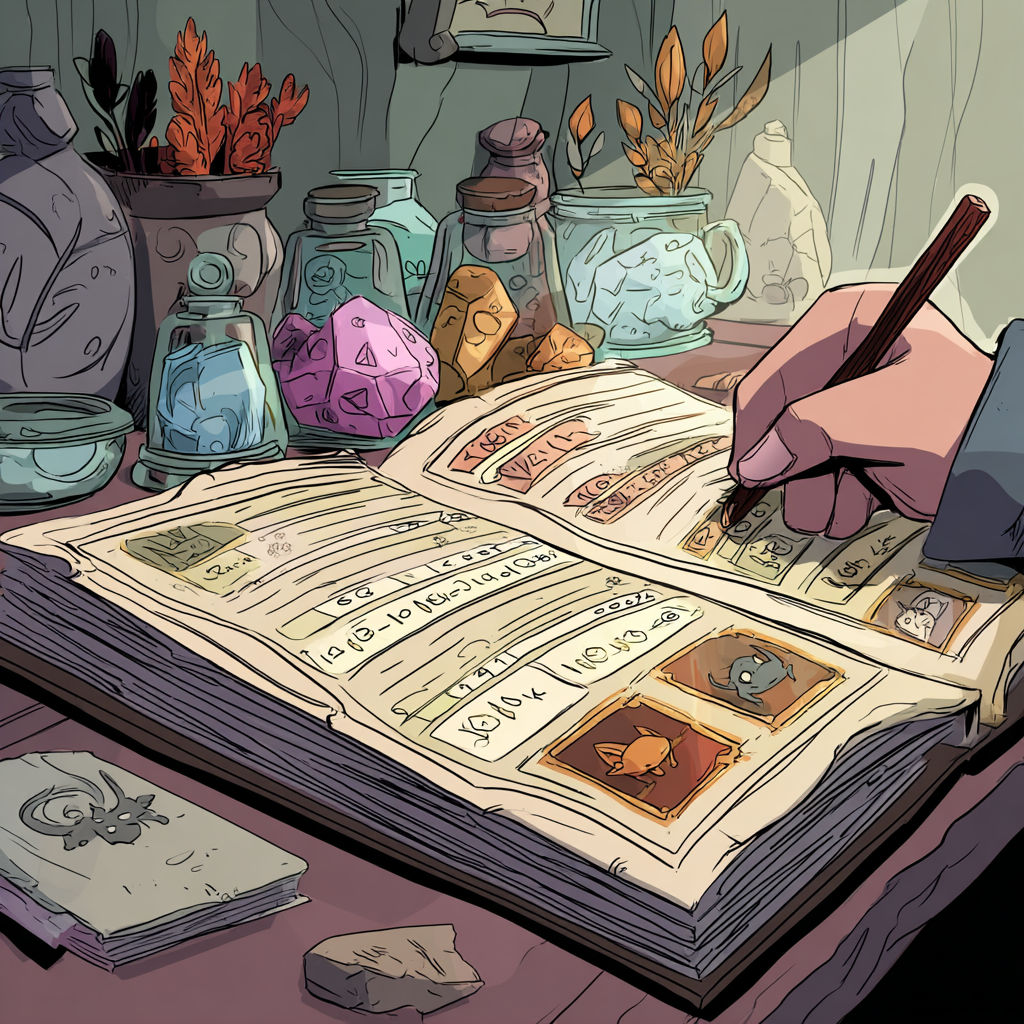How Medieval Price Wars Can Save Your DnD Economy
Your players just asked how much a war elephant costs, and you’re frantically researching “medieval livestock prices” while they wait. Meanwhile, another player wants to know why the village blacksmith has better inventory than the city’s trading guild, and honestly, you don’t have good answers.
Here’s the uncomfortable truth: D&D’s economy is broken. The designers basically admitted as much in the DMG, essentially saying ‘we know there are infinite wealth loopholes — sorry.’ Luckily, you don’t need economic precision to create meaningful balance. You need adventure-driving scarcity, and relationship-based pricing.
How Economics Can Kill Your Game
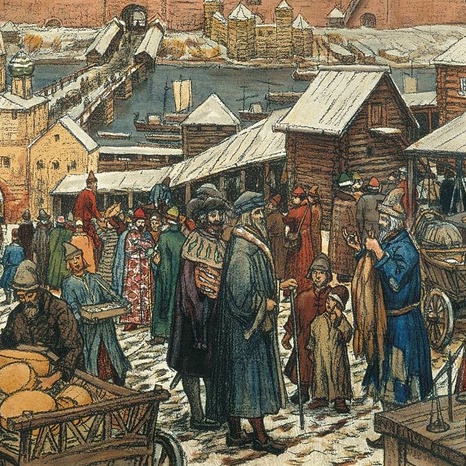
Economic inconsistencies don’t just break immersion—they destroy player agency. When your fighter realizes that a handful of carrots or dining silver costs more than a ruby (looking at you, BG3), or when your party accumulates 500,000 gold pieces with nothing meaningful to spend it on, players stop making interesting economic choices.
Broken economies eliminate a fun avenue for strategic thinking. When prices are arbitrary and wealth has no consequences, you lose an interesting dimension of gameplay that drives exploration, creates social conflicts, and provides natural adventure hooks.
Unfortunately, the economy in Dungeons & Dragons (especially 5th Edition) feels less like a functioning system and more like a loose framework for adventurers to spend gold.
“The Game Is Not an Economy
The rules of the game aren’t intended to model a realistic economy, and players who look for loopholes that let them generate infinite wealth using combinations of spells are exploiting the rules.” -DMG p19
This quote is under the ‘Players Exploiting The Rules’ section of the DMG, and TBH this section is worth re-reviewing occasionally as you get into heated discussion with your players.
The State of the Game
To be fair, this is by design, and my opinion is that the designers actually did the right thing here. They focused on the gameplay instead of attempting to model a realistic medieval-fantasy economy. However, this means that all DMs face a common set of problems that can really hurt player immersion and engagement. Things like:
- Inconsistent Pricing: The costs of things are static, and based on a desired character progression rather than a real economic system.
- Adventurer-Centric Economy: The economy is designed around adventurers, so the cost of items, services, and wages aren’t logical. Commoners would struggle to afford basic things. Healing potions, weapons, and armor are priced in ways that would make them inaccessible to almost all of the population, and there would be little actual incentive to create most of the interesting things players shop for.
- Gold Inflation: Adventurers accumulate vast amounts of gold, but there’s little in the way of meaningful sinks to remove that excess wealth from the game (although callout to the new Bastion and updated Crafting systems from 2024, I see you trying). Over time, your campaign will evolve into an economic imbalance where players have more money than they can reasonably spend.
- Lack of Economic Rules: The game doesn’t provide detailed mechanics for trade, taxation, or economic stability. This does keep the focus on adventuring, but it makes world-building difficult for DMs and players who want more realism.
Many DMs just hand-wave these issues, or they house-rule basic economic rules (usually adding sinks) to make things more coherent. Some common tricks I’ve seen being used:
- Revised Item Pricing: Adjusting the cost of goods and services to make them more realistic.
- Taxation & Fees: Introducing taxes, guild fees, or maintenance costs for bastions to create meaningful gold sinks.
- Living Expenses: Requiring players to pay for food, lodging, and lifestyle expenses regularly to simulate a functioning economy and create more sinks.
- Magic Item Scarcity: Limiting the availability of magic items for purchase or crafting (this one is probably the most important, since it has a much stronger effect on all aspects gameplay).
All these are good options, and we’ll talk more about these issues and solutions in future posts, but for now lets focus on pricing.
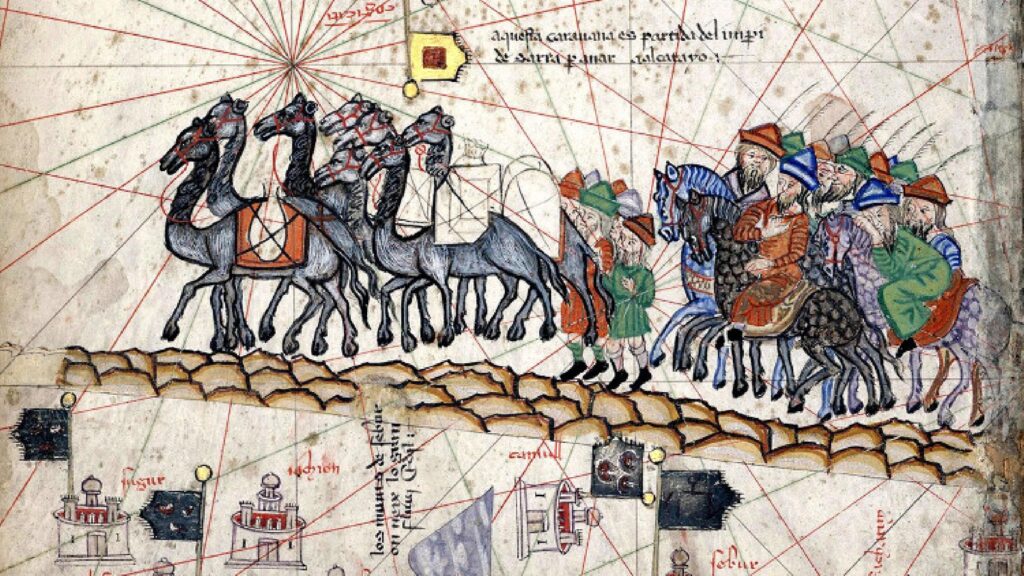
Pricing Method 1: The Anchor System
Medieval economies operated on principles that can help solve for these pricing issues. Regional specialization created natural scarcity. Seasonal fluctuations drove price decisions. Transportation costs made distance matter and raised costs. Most importantly, every transaction was negotiable based on relationships, risk, and immediate circumstances.
Medieval merchants didn’t consult standardized price lists — they negotiated in real time based on rarity, relationships, and risk. This gives you permission to be flexible with prices. You can be inconsistent with prices while still being authentic.
To introduce some pricing variances, I started with the magic item rarity progression from the SRD and the crafting rules. Then I copied the progression to represent risk, and added similar modifiers for region.
Rarity:
- Common: Treating this as ×1 cost (easily found locally)
- Uncommon: ×4 cost (special order, takes time)
- Rare: ×40 (significant connections required)
- Very Rare: ×400 (major quest component)
- Legendary: ×2000 (centerpiece of story arc)
Risk Multipliers:
- Safe: ×1
- Questionable: ×4
- Probably illegal: ×400
- Suicidally dangerous: ×2000
Regional Modifiers:
- Coastal towns: Cheap (x0.5) – seafood, salt, spices; Expensive (x2) – grains, worked metal
- Mining settlements: Cheap (x0.5) – weapons, armor, gems; Expensive (x2) – food, textiles
- Agricultural centers: Cheap (x0.5) – grains, livestock; Expensive (x2) – everything else
Working Example: Pricing a War Elephant
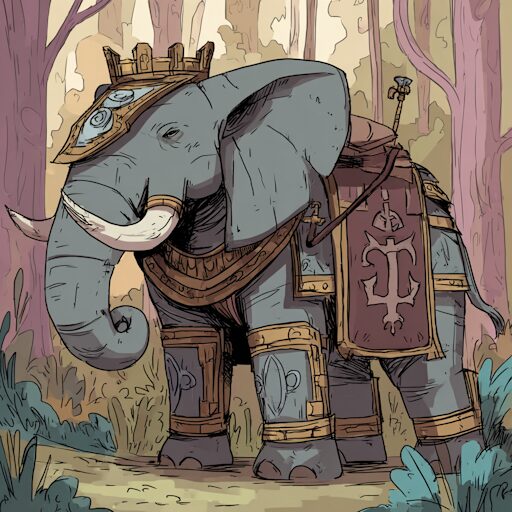
Player: “How much for a trained war elephant?”
The process:
- Anchor to known item: Heavy warhorse costs 400 gp in the PHB
- Apply multipliers: Elephant only found in a bordering kingdom (rarity ×4), difficult to train (risk x4) and hard to transport (regional ×2)
- Quick calculation: 400 × 4 × 4 × 2 = 12,800 gp
Tip: Downtime economics:
Some players really love haggling over each and every thing, but in my experience most players don’t. There are few things more excruciating than listening to two people roleplay their trading scenario in the session, unless it’s a key part of the story. Haggling and strange pricing requests are sometimes best solved offline. Our group has a discord channel specifically for this sort of thing.
Method 2: “Yes, And…” Economics
Instead of shutting down unusual requests, transform them into story drivers. Every economic question is really asking “how does this work in your world?”
Player: “We want to buy a flying ship.”
Your Response: “House Lyrandar has one they might sell — for 100,000 gp, a binding exclusive transport contract, and proof you can handle the political consequences of owning it by performing a few services for them…”
Player: “Can we hire wizards to research this?”
Your Response: “The Academy would love the project — for 5,000 gp per wizard per month, access to your research findings, and you’ll be their bodyguards in the upcoming wizards tourney…”
Notice how each response includes three elements:
- Base cost (using anchoring)
- Potential complications (driving current story)
- Ongoing obligations (potential future adventure hook)
This gives you realistic pricing while creating natural adventure opportunities. That war elephant isn’t just expensive — acquiring one becomes a quest that could involve exotic animal traders, international politics, and transportation logistics.
Method 3: The Help Action
There are lots of existing pricing tables other great DMs have put together that you can easily house-rule – a couple favorites of mine:
- Saidoro’s list of Sane Magical Prices https://drive.google.com/file/d/0B8XAiXpOfz9cMWt1RTBicmpmUDg/view?resourcekey=0-ceHUken0_UhQ3Apa6g4SJA
- Expanded living expenses from Roll20 https://roll20.net/compendium/dnd5e/Expenses
Using expanded prices like these helps take the cognitive load off your brain each time a player wants to buy a thing.
You can also crowdsource. When players catches you off-guard, ask them: “What do you think would be a fair cost and time to acquire this?” (then double whatever they suggest). As a last resort stall and buy for time or create complications:
- “That’s a clever idea! Let me think about what would be involved.”
- “Give me until next session to price that properly.”
- “You’ll need to succeed a series of investigation checks to figure that out”
- “That’s not something you can buy—that’s something you need to earn or find.”
Implementation: The Emergency Pricing Kit
Quick Pricing Reference:
- Take any PHB item as anchor
- Apply rarity multiplier (×1 to ×2000)
- Apply risk multiplier (×1 to ×2000)
- Add regional modifiers (×0.5 to ×2)
- Include story complications
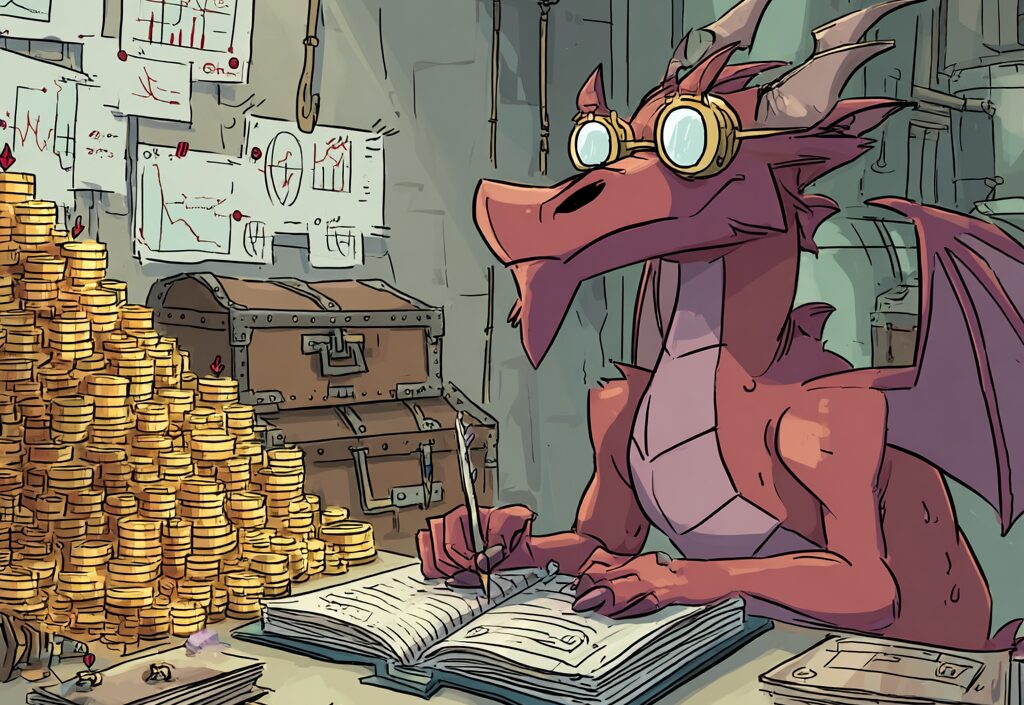
Better Than Gold: Economic Gameplay
Remember that your players aren’t trying to break your economy — they’re trying to engage with your campaign in a creative way. When someone asks about buying a war elephant, they’re really asking about your world. They want to learn more about its politics, transportation systems, and power structures.
Also remember that the goal isn’t economic realism — it’s about providing meaningful player choices. Medieval merchants understood that every transaction was a relationship, every price was negotiable, and every deal created new opportunities or obligations. You can play your campaign economy in the same way.
Your economy shouldn’t necessarily simulate reality — it should drive story. And if a player asks how much that war elephant costs, smile and start imagining all of the potential adventure hooks.
